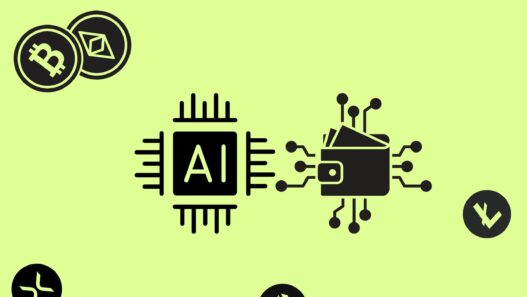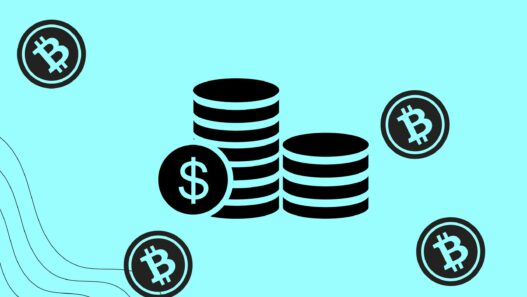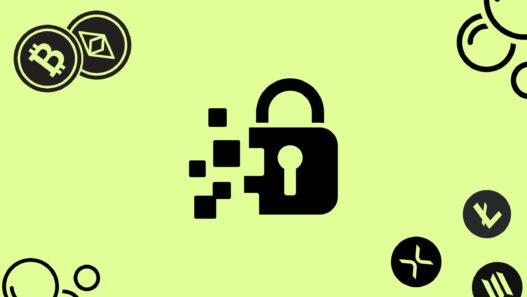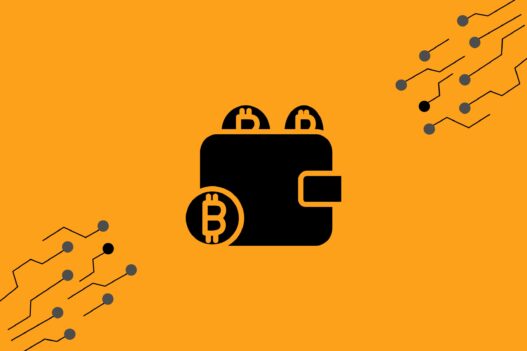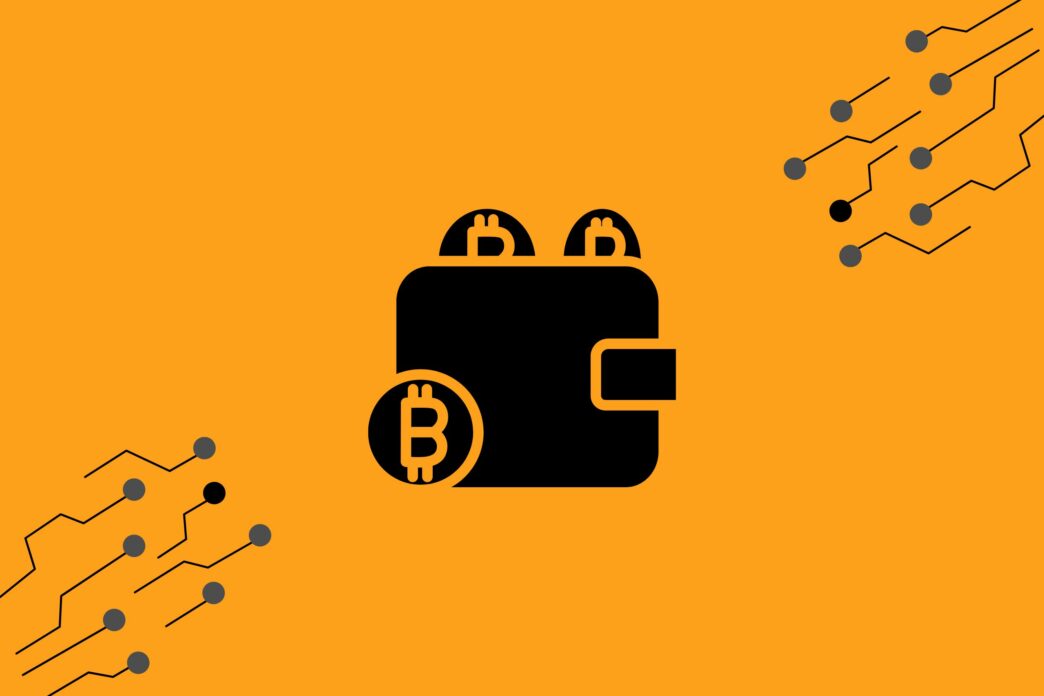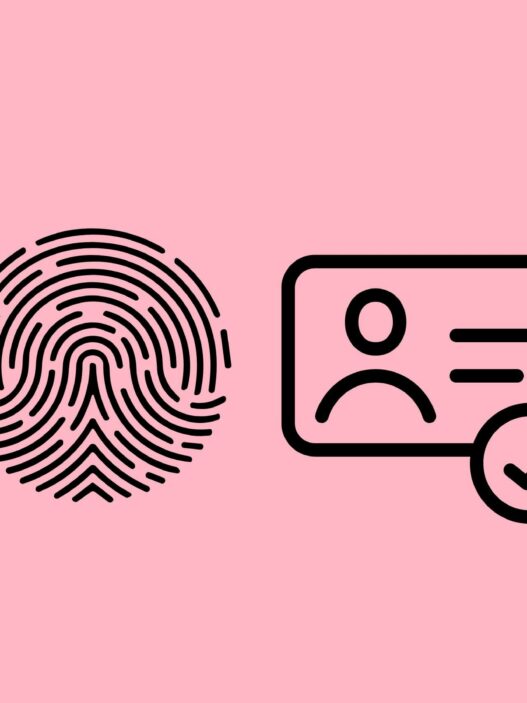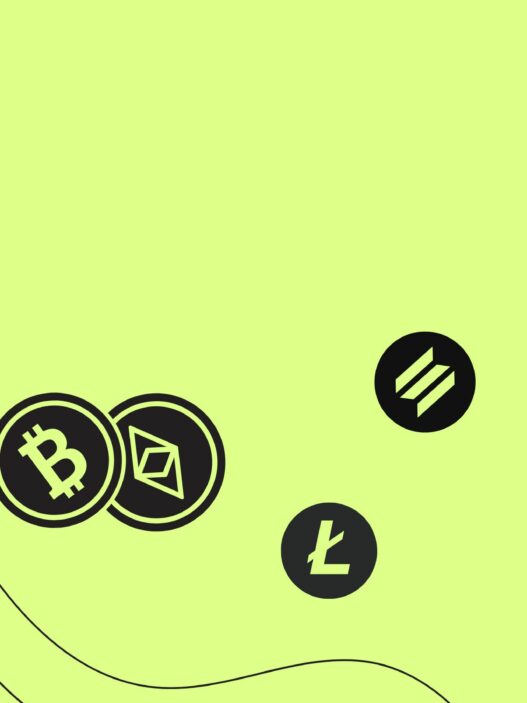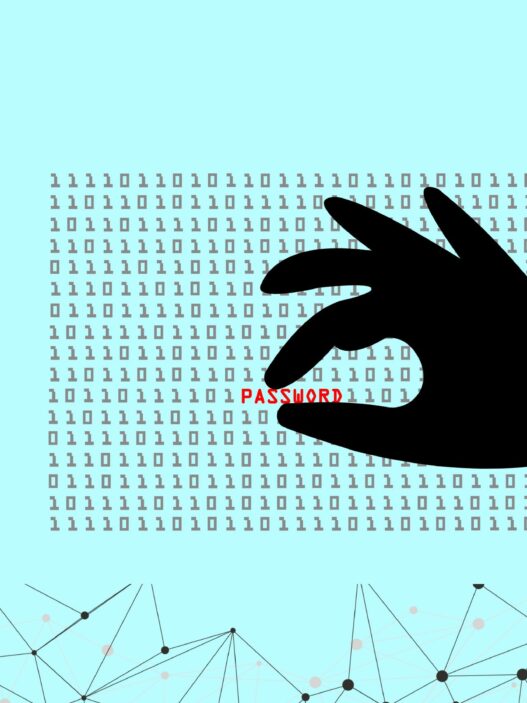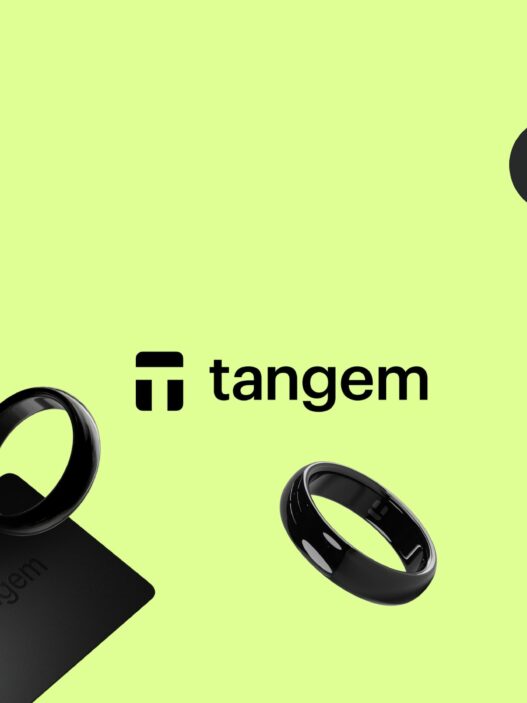Imagine waking up one day to find money as you know it has flipped upside down. No more jingling coins in your pocket or crisp bills in your wallet—just digital currencies floating in the endless sea of the internet. No banks, no vaults, just invisible wealth powered by code. Welcome to cryptocurrency, a place where your fortune feels like a whisper in the wind—real, yet untouchable. But how does it even work?
Here’s where it gets wild: your digital riches don’t sit in a bank account or a safe—they’re locked behind something called a “wallet.” Forget the leather kind you’re used to; this wallet is more like a secret passcode, a digital key that opens your personal treasure chest on something called the blockchain. Lose that key? Poof—your money’s gone, swallowed by the digital abyss. So, how do you protect it? Turns out, there’s a choice to make: hot wallets, always plugged in and ready to roll, versus cold wallets, tucked away like a hidden vault. Which one’s your safest bet? Stick around to find out.
In this article, we’ll dive deep into hot wallets—what they are, how they work, their benefits and pitfalls, who relies on them, and where they’re headed as cryptocurrency continues to evolve. Whether you’re a curious newbie or looking to sharpen your crypto knowledge, this guide will light the way.
What Is a Hot Wallet?
A hot wallet is a cryptocurrency wallet that stays connected to the internet, allowing you to store, send, and receive digital assets with speed and ease. Unlike cold wallets—think USB drives or paper records that stay offline for long-term safekeeping—hot wallets are designed for accessibility.
They come in several forms:
- Web Wallets: Hosted on websites, often by exchanges like Coinbase or Binance, where you log in to manage your funds.
- Mobile Wallets: Apps on your smartphone, such as Trust Wallet or MetaMask, perfect for crypto on the go.
- Desktop Wallets: Software installed on your computer, like Exodus or Electrum, offering a balance of control and convenience.
The hallmark of a hot wallet is its constant online status, which makes it fast and user-friendly but also introduces some trade-offs we’ll explore later. Think of it as your digital cash register—ready for action whenever you need it.
How Do Hot Wallets Work?
To get how hot wallets function, let’s break down the basics of crypto ownership. Every wallet, hot or cold, depends on two cryptographic keys:
- Public Key: This is like your bank account number or email address—you share it with others so they can send you crypto.
- Private Key: This is your secret password, used to authorize transactions and prove you own the funds. Lose it or leak it, and your crypto is gone.
In a hot wallet, these keys are stored on an internet-connected device—your phone, computer, or an exchange’s server. Here’s a step-by-step look at how a transaction unfolds:
- Starting the Transaction: You want to send crypto to a friend. In your hot wallet, you input their public key (their wallet address) and the amount.
- Signing It: Your wallet uses your private key to create a digital signature, a unique code that verifies you’re the owner and authorizes the transfer.
- Sending It to the Blockchain: The signed transaction is broadcast to the blockchain network—Bitcoin’s, Ethereum’s, or whichever coin you’re using. Miners or validators confirm it, and it’s recorded on the ledger.
Since hot wallets are always online, this process is lightning-fast—often completed in seconds or minutes, depending on the blockchain’s speed. You can check your balance, send funds, or receive payments with a few clicks or taps, making it as simple as using a banking app.
Benefits of Hot Wallets
Hot wallets have earned their popularity for good reason. Here’s why they shine:
- Convenience: With a hot wallet, your crypto is at your fingertips 24/7, as long as you’ve got an internet connection. No need to plug in a device or dig up a paper backup.
- Speedy Transactions: Whether you’re buying a snack with Bitcoin or tipping a creator online, hot wallets make transactions nearly instant—ideal for real-time use.
- Ease of Use: Many hot wallets are free and beginner-friendly, with slick interfaces that don’t require a tech degree to navigate. Mobile apps, in particular, feel intuitive.
- Integration: Hot wallets often connect seamlessly to exchanges for trading or to decentralized applications (DApps) for things like staking or gaming on the blockchain.
- Versatility: Most support a wide array of cryptocurrencies—Bitcoin, Ethereum, and countless altcoins—so you can manage a diverse portfolio in one place.
Forbes notes that hot wallets are “ideal for users who need quick access to their assets,” a view shared by many who prize their flexibility and immediacy.
Potential Risks of Hot Wallets
That constant internet connection, while handy, is also a double-edged sword. Here are the risks to watch out for:
- Hacking Threats: Being online makes hot wallets targets for hackers, malware, and phishing scams. If someone steals your private key, they can drain your wallet in an instant.
- Exchange Vulnerabilities: Storing crypto on an exchange (a common hot wallet) means trusting their security. Past hacks, like the 2014 Mt. Gox collapse that lost $450 million, show how devastating breaches can be.
- User Mistakes: Hot wallets put the responsibility on you. Forget your private key, lose your phone without a backup, or fall for a scam, and your funds could vanish—no customer service to call for a bailout.
- Custodial Risks: Many hot wallets, especially exchange-based ones, are custodial—the provider holds your keys. If they go bankrupt, get hacked, or lock your account, you’re at their mercy.
Coinbase sums it up well: hot wallets are “convenient for frequent transactions” but “more vulnerable to cyber threats” than cold storage. It’s a trade-off between ease and exposure.
How to Use Hot Wallets
Hot wallets shine in situations where speed and access trump Fort Knox-level security. Here’s where they’re most useful:
- Daily Spending: Using crypto for coffee, online shopping, or small payments? A hot wallet keeps things quick and painless.
- Trading: Active traders who jump on market swings need hot wallets—often tied to exchanges—to buy and sell fast.
- DeFi and DApps: Engaging with decentralized finance (DeFi) platforms or minting NFTs requires a hot wallet like MetaMask to connect to blockchain apps.
- Receiving Payments: Freelancers, artists, or small businesses accepting crypto can use hot wallets to collect funds without fuss.
- Learning Curve: Newbies testing the waters with small amounts often start with hot wallets to get a feel for crypto without big commitments.
These scenarios show why hot wallets are the go-to for both casual dabblers and active participants.
Who Uses Hot Wallets?
Hot wallets attract a wide crowd, each with their own needs:
- Beginners: Newcomers love hot wallets for their simplicity—no steep learning curve or hardware to buy.
- Traders: Day traders and market hoppers rely on the speed of hot wallets to stay ahead of price shifts.
- DeFi Fans: Those diving into yield farming, staking, or NFT markets need hot wallets to plug into the decentralized web.
- Small Merchants: Businesses taking crypto payments favor hot wallets for their ease and customer-friendly vibe.
- Casual Holders: People with small stashes for occasional use or fun experiments stick to hot wallets for convenience.
This mix reflects hot wallets’ role as both a starting line and a daily tool in the crypto ecosystem.
The Future of Cryptocurrency Wallets
As cryptocurrency grows, wallet technology won’t stand still—especially hot wallets. Here’s what’s on the horizon:
- Better Security: Developers are beefing up hot wallets with multi-factor authentication, biometric logins, and recovery options to close the security gap without losing convenience.
- Everyday Integration: Picture paying for groceries or Netflix with crypto—hot wallets could soon blend into mainstream apps, making digital cash routine.
- Cross-Chain Power: With blockchains multiplying, future hot wallets might let you manage assets across networks like Ethereum, Solana, and more from one hub.
- DeFi and NFT Boosts: As DeFi and digital collectibles boom, hot wallets will likely add tools for staking, lending, and showcasing NFTs.
- Regulation Ready: With governments eyeing crypto, hot wallets may build in tax tracking or KYC features to keep users compliant.
Investopedia forecasts that “the future of hot wallets will focus on balancing security with usability,” a trend already taking shape in today’s updates.
Hot wallets are the unsung heroes of the crypto universe—convenient, versatile, and vital for anyone using digital currency day-to-day. Yes, they carry risks, but their benefits make them a cornerstone for beginners, traders, and blockchain explorers alike. As crypto matures, hot wallets will evolve, blending stronger security with even smoother experiences to serve a swelling user base.
For now, grasping hot wallets concept is your ticket to navigating cryptocurrency with confidence. Whether you’re making your first buy or jumping into a DApp, a hot wallet is likely your launchpad—just keep only what you need handy and consider cold storage for the rest. Welcome to the crypto world—your journey’s just begun.



